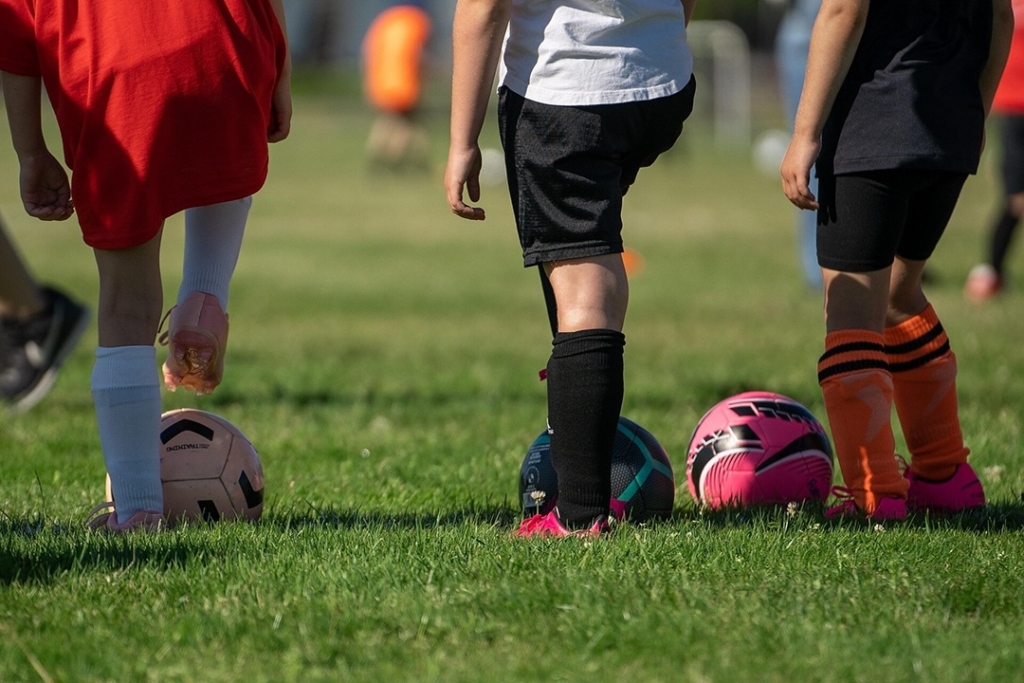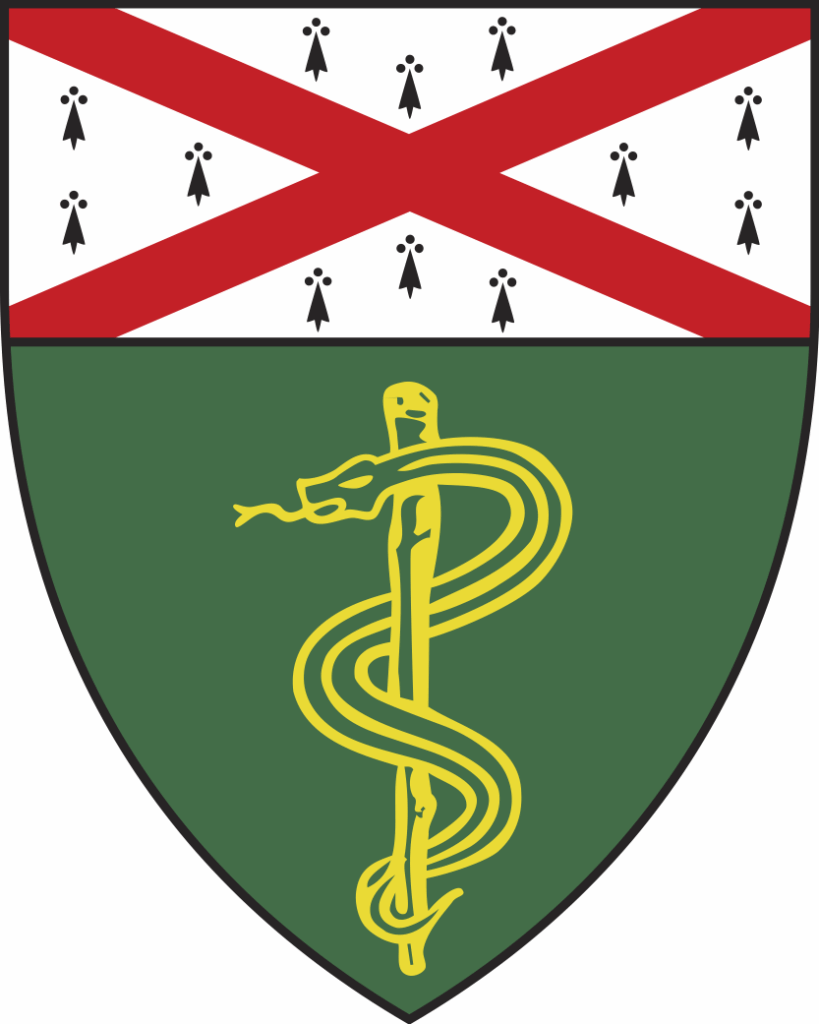
Image by Joshua Choate from Pixabay
By John Ready, MS, Yale School of Medicine October 8, 2025
A new study led by Yale School of Medicine’s Department of Orthopaedics & Rehabilitation unveiled key insights into the knee joint’s vulnerability for young athletes who suffer anterior cruciate ligament (ACL) injuries combined with medial meniscus tears.
Published in the American Journal of Sports Medicine on September 15, 2025, this investigation focuses on pediatric patients who sustain ACL tears with a medial meniscal ramp lesion.
Medial meniscal ramp lesions are peripheral vertical/longitudinal tears of the posterior horn of the medial meniscus at the meniscocapsular junction and occur at the same time as an ACL tear. Doctors often term these injuries “hidden meniscus tears” because they find it difficult to diagnose them using preoperative MRI, physical examination, and standard diagnostic knee arthroscopy techniques.
Specialized arthroscopic techniques that allow for exploration of the posteromedial compartment of the knee are often necessary to diagnosis medial meniscal ramp lesions at the time of ACL reconstruction surgery.
While these tears were historically overlooked injuries, newer research in adults suggest that unrepaired medial meniscal ramp lesions can lead to persistent knee instability and failure of the ACL reconstruction. However, the existing studies of these tears are primarily limited to adults, and the understanding of this injury in younger patients undergoing ACL reconstruction remains limited. Because pediatric patients have the highest rates of ACL reconstruction failure, it is important to study this patient population.
Researchers conducted the multi-center study across five major centers in the United States: Yale School of Medicine, Hospital for Special Surgery, Rush University Medical Center, Texas Children’s Hospital, and Twin Cities Orthopedics. Researchers retrospectively analyzed clinical and surgical data from eight high-volume surgeons consisting of 189 patients under the age of 18, who had undergone combined ACL reconstruction and medial meniscal ramp lesion repair. During the initial surgery, doctors diagnosed 53% of these pediatric and adolescent patients with an articular cartilage injury using arthroscopy.
Articular cartilage injuries can lead to pain, swelling, and long-term joint issues such as severe osteoarthritis.
The team discovered that more than half of the patients with combined ACL and medial meniscal ramp lesion injuries sustained cartilage damage, suggesting a significantly elevated risk associated with concurrent medial meniscus injuries.
The study also found that the medial femoral condyle, or the large, rounded prominence on the end of the thigh bone located on the inner side of the knee joint, was the most common location for cartilage damage. Nearly one-third were classified as grade two or three cartilage injuries.
In addition, medial compartment articular cartilage damage, on average, was significantly more severe than that noted in the lateral compartment. These findings have important implications in pediatric patients with medial meniscal ramp lesions because previous adult studies have shown that unrepaired medial meniscus tears can lead to accelerated osteoarthritis in the medial compartment of the knee.
The study also identified specific factors that dramatically increase the likelihood of cartilage injury, including:
- Obesity: Defined as equal to or greater than the 95th percentile for body mass index for age and sex. Excess body weight places additional strain on the knee joint, increasing the likelihood of cartilage damage at the time of injury.
- Steep lateral posterior tibial slope: A slope of 12 degrees or greater measured on preoperative X-rays of the knee significantly increased the risk of sustaining cartilage damage.
- Patients aged 16 years and older: As children grow older and reach adolescence, their risk of sustaining severe cartilage damage appears to rise.
- Delayed surgical intervention: Youth and adolescents who waited three months or more for surgery experienced increased risk, likely resulting from persistent joint instability and ongoing damage to the cartilage.
Researchers linked each of these factors to a two- to three-fold increase in the odds of sustaining cartilage injury.
These findings emphasize the importance of early diagnosis and timely surgical intervention for these young, high-risk patients. Additionally, by promptly treating pediatric patients with concurrent ACL and medial meniscal ramp lesion injuries, surgeons may also be able to reduce the potential for posttraumatic osteoarthritis, which is a chronic condition where the cartilage wears away over time, causing pain and further complications in the knee years later that may require a total knee replacement as a young adult.
Resident Jay Moran, MD, was the lead author on the study. Other Yale participants include Lee D. Katz, MD; former sports medicine fellow Jonathan M. Salandra, DO; Christopher Schneble, MD; Christina R. Allen, MD; Elizabeth Gardner, MD; Andrew E. Jimenez, MD; and Michael J. Medvecky, MD.
 Source Yale School of Medicine
Source Yale School of Medicine
Articular Cartilage Injuries in Pediatric and Adolescent Patients Undergoing Medial Meniscal Ramp Lesion Repair During Primary Anterior Cruciate Ligament Reconstruction: A Multicenter Study. Moran J, Amaral JZ, Tollefson LV, Jones RH, Dave U, Lee MS, Ferrell SD Jr, LaPrade CM, Katz LD, Salandra JM, Schenble C, Allen CR, Gardner E, Jimenez AE, Medvecky MJ, Hewett TE, Verma NN, Chahla J, LaPrade RF, Fabricant PD, McKay SD. Am J Sports Med. 2025 Oct;53(12):2817-2826. doi: 10.1177/03635465251366440. Epub 2025 Sep 15.
High failure rate in meniscal repair when preceding anterior cruciate ligament reconstruction: An analysis of two-stage surgery for concomitant ACL injury and traumatic meniscus tear, López Personat A, Cristiani R, Stålman A, Wänman J, Von Essen C. Knee Surg Sports Traumatol Arthrosc. 2025 Jul;33(7):2323-2333. doi: 10.1002/ksa.12593. Epub 2025 Jan 29. Full text, PDF
![]() Source Yale School of Medicine
Source Yale School of Medicine
